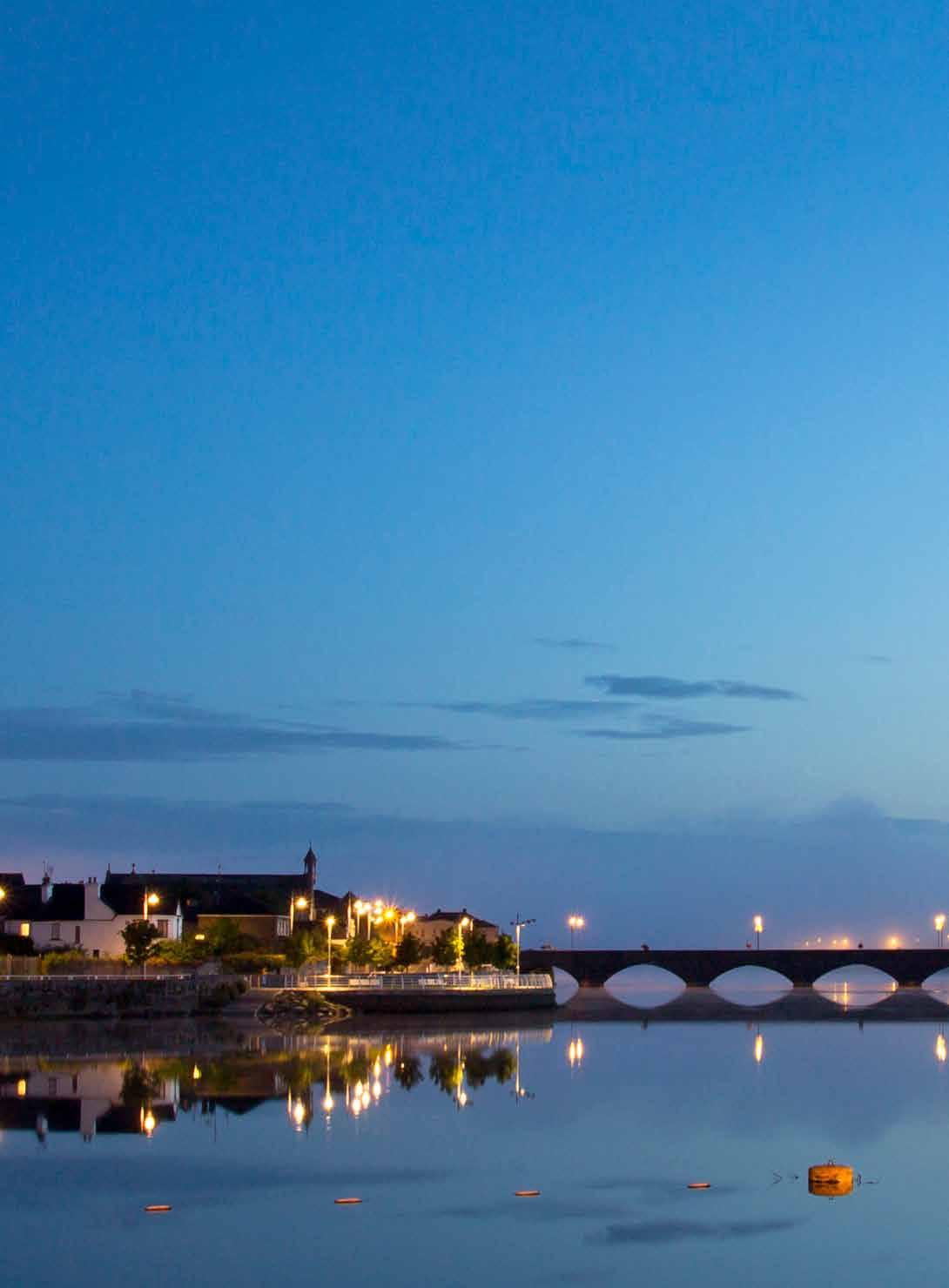
1 minute read
Introducing Limerick

1Limerick has a rich history and strong heritage, which remains ever present in its structures, its streets and its people. History & Heritage
Advertisement

Don’t Miss !
• Taking a time machine back to medieval splendour in majestic King John’s Castle. • Marvelling at the architecture and interior of landmark
Limerick buildings. • Basking in the reverent atmosphere of Limerick’s cathedrals, abbeys and churches. • Get up close and personal with Limerick’s past at The
People’s Museum of Limerick. The museum’s garden has been lovingly restored to its original Georgian glory.
St. Mary’s Cathedral Bridge Street 061-310293 www.saintmaryscathedral.ie
The Cathedral of St. Mary Blessed Virgin is not only Limerick’s oldest building still in regular use but also one of its most historical and beautiful.
It is located in the medieval quarter, adjacent to City Hall and a stone’s throw from King John’s Castle. It was founded in 1168 on the site of a palace donated by Donal Mór O’Brien, King of Munster. Further back again, the site held a Viking meeting house. It is believed that parts of the palace were incorporated into the current structure such as the west door, which was the palace’s main entrance.
Stories about former uses abound. Legend has it that during the many sieges, defenders used to sharpen their swords on the stonework and when Cromwellian forces captured the city, St. Mary’s was used as a stable!
Today, the Church of Ireland cathedral is open to the public subject to church services. Its grand exterior is impressive but the inside is also full of character. Each of its skillfully appointed stained glass windows has a background story as colourful as the panes. The chandeliers, statues and wooden decorations are all striking.
One trait of St. Mary’s is music. The choir sings on Sundays and instrumental recitals are often held there. The tower is home to the famous bells and their distinctive sound has resounded through Limerick life for centuries.









